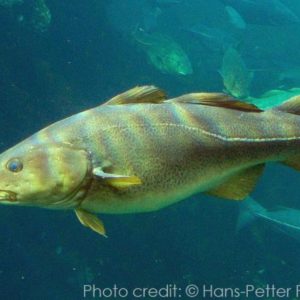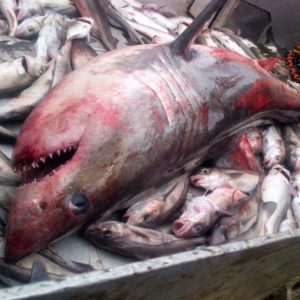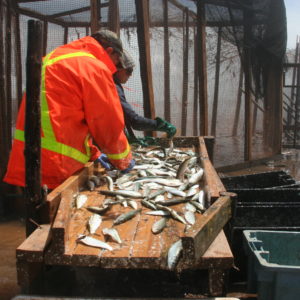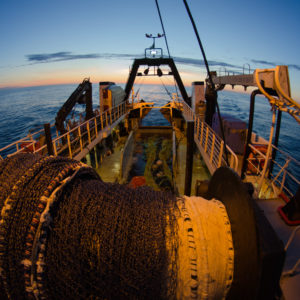Habitat Impacts
Although an entire aquatic environment is considered fish habitat, when referring to the impacts of fishing on habitat, the focus is primarily on the seafloor and associated structure-forming species like cold-water corals, sponges, hydroids, bryozoans and seaweed.
The Challenge
Fishing gear that makes contact with the seafloor has different levels of impact, depending on the gear type, the properties of the seafloor, the biodiversity living within or on the seabed, and the intensity and frequency of contact. Highly-invasive gear types like bottom trawling and dredging can have impacts that last decades, or even centuries, especially in areas where cold water corals and sponges live. Bottom longline gear and traps can also have detrimental, but less harmful, impacts.
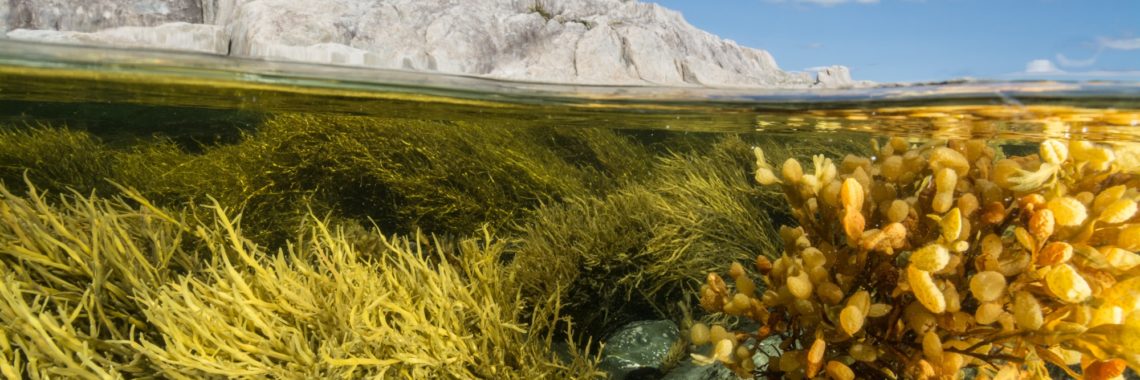
The Solution
Identifying and protecting sensitive seafloor habitats from destructive fishing gear is the first step towards managing habitat impacts. Identifying these sensitive vulnerable marine ecosystems (i.e. benthic areas) can be done through scientific surveys, and by working with the fishing industry. Protecting these vulnerable areas includes monitoring fishing gear interactions with the seafloor, and restricting high impact gear types from sensitive areas with structure-forming species. Fishing gear that contacts the seafloor should only occur in habitats that are accustomed to some level of natural disturbance (e.g. shallow sandy areas).
Canada needs to implement its 2009 Sensitive Benthic Areas Policy more fully, and heed the most recent scientific advice – to protect at least 70 per cent of identified concentrations of corals, sponges, sea pens and other habitat-forming species.
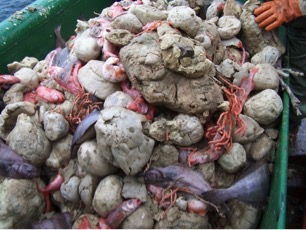
Further Information
- A review of the impacts of all fishing gear types used in Canada, which provides data driven assessments on the relative impacts gear has on habitat and bycatch
- 2009 Sensitive Benthic Areas Policy – DFO
- Pacific Region Cold-Water Coral and Sponge Conservation Strategy – DFO
